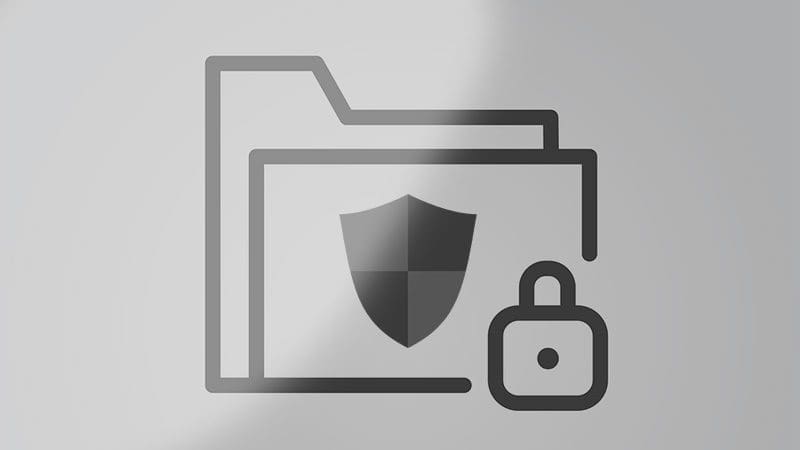Speaker 1 (00:00):
So, now that you’re actually saying, “All right, time to find go-to-market fit,” what is go-to-market fit? What are the three parts? So, the first part is, are you lined up on an urgent wave? That answers the question, why now and not six months from now? If the answer is, maybe a year from now, you haven’t found that urgent wave. The second thing is your go-to-market model. How are you going to sell? There are certain go-to-market models that are in Vogue or Style, like, hey, we’re going to do freemium, or hey…
(00:38):
There’s lots of sales models. You can do direct, indirect, channel, web, premium, blend, expand upsell, marketing-led, sales-led, no touch. There’s all sorts of versions of this. There’s no right or wrong answer here. The only thing is there’s the right answer for you. So, you got to pick your sales model. The third part of this is your go-to-market playbook, which is, how do you repeatably find and win customers? Let’s drill into this first part about finding urgency.
(01:09):
One of the terrific things about founders is your passion and hyperfocus on achieving your mission. The trick here is that’s both a strength and it can be a weakness, which is that… And I was working with a startup in San Jose, where the VP of engineering, one of the founders came in and said, “We are just going to ruthlessly focus on our bullseye and be 100% behind that and put all our wood behind that arrow. And we’ve won five customers, so that must mean we found it.”
(01:42):
The question I asked was, “What if you’re wrong?” You put 100% of your wood behind that arrow, you’re dead. So, there’s an irony here, which is sort of the meme about being 100% ruthlessly focused is sort of true, but sort of not true. This is some of the challenges of being an early-stage founder finding a go-to-market fit, is that instead, what you need to do is cast a slightly wider net. A little bit to the left, a little bit to the right in terms of a slightly different customer. A little bit up, a little bit down in terms of a slightly different pain point.
(02:20):
And be open to and test these adjacencies because the hotspot that you eventually point at and focus on may not actually be your founding idea. I’ll tell you sort of the MobileIron story on this one. When we first went out to go sell to customers, we had this belief that we were going to solve the management security problem to enable enterprises adopt mobile as a first-class citizen, and we built this multi-OS security and policy engine that we were really proud of. Well, we won some customers that wanted to use it to save some costs.
(03:03):
That was cool, we won a couple customers there. But then, we started to see a bunch of customers that said, “You know what? Actually, I just need your help with iPhone. All that other stuff, I don’t really care about. I just need your help with iPhone.” And we were like, “But what about this other big thing?” And they were like, “No, we just need your help with iPhone.” We started to win some deals over there. So, we started to see as like darts on the board, casting a slightly wider net. And we realized is that our initial founding idea was not the hotspot.
(03:34):
The hotspot was a little bit to the right. I’ll tell you what that felt like, which ties to something Tee said, which is that it felt like heresy. It felt like we were being heretical. It was actually kind of hard emotionally to say, “Well, maybe this sort of founding idea that we were super proud of may not actually be the hotspot we focus on.” Be open to the adjacencies. Your hotspot may or may not be what you initially thought it was. Once you figure out your hotspot, the question is, how do you sell to them?
(04:14):
The important thing here is that early-stage startups can only do one go-to-market model. You can experiment with a couple, but in order to unlock growth, you get one. It’s just too hard for an early-stage startup trying to win customers to do multiple go-to-markets. Just can’t do it. The question is, what are the choices and how do you choose? So, there’s a spectrum. On the left is a sort of full-touch, heavy sales model, where you’re doing a lot of direct touch to customers. We call that sales-led. That was MobileIron actually.
(04:50):
Marketing did a little bit of lead generation. Sales kicked in and took over most of the playbook. In the middle, you have sort of a medium touch, or a low touch, where marketing does the front-end of the go-to-market motion, and then like inside sales takes over and close the deal. That’s more like Marketo. Then you have the far right, which is zero-touch, which is like Atlassian or Twilio, or SendGrid, where literally, customers just buy themselves. They don’t have any salespeople.
(05:21):
I’ll tell you, on the right is in Vogue right now. Venture capitalists love that to the right because you don’t have to spend any money on sales and marketing. So, you’re going to get pressure to say, “Go do that.” That may or may not be the right answer for you and your product. If it’s the wrong answer, you’re actually killing your company.



